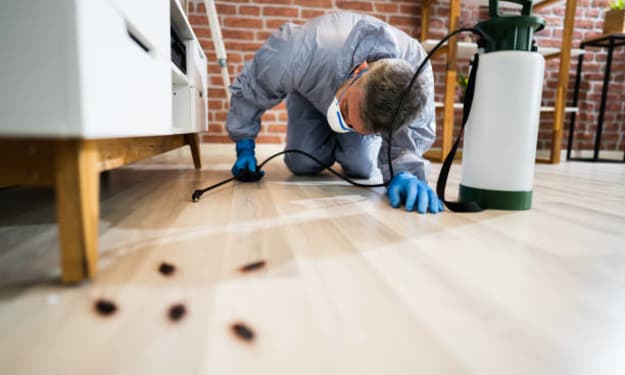Growing Some Green Stuff
How To Start A Vegetable Garden

In 2015 Secretary Vilsack declared April to be National Garden Month. More than 50% of homes will partake in gardening. That’s one in three houses that will grow food this year. Americans will spend $48 billion on equipment this year. When done right, the average garden will yield $600 worth of produce, while only spending $70 to yield that amount. According to a recent health study, gardening has been known to lessen anxiety and depression, manage stress better, and have a better sense of accomplishment in life. If interested in gardening, here is a quick little beginner’s guide.
The Hardiness Zone

Before getting started, you need to decide what to plant. To know what to plant, you must familiarize yourself with your area’s Hardiness Zone. The Hardiness Zone is a geographical area defined by its average minimum temperature. Also known as the USDA scale, it can be found in every gardening book you find, and even the Farmer’s Almanac. What it does is let you know if a plant can survive in your area or not. Plants need to grow at the correct temperature because if it’s too cold, they will freeze. But, if it’s too hot, it’ll dry out.
Picking A Spot

Once you figured out what can grow in your area, you’ll need to pick the best spot for your plants to thrive in. The first thing to consider is what is the climate like in your area. If it’s hot and dry, look towards drought-tolerant varieties. If you get a lot of rain, look at water-loving vegetables like lettuce. How much sun does your crop need? Some need plenty of it, while others prefer a little more shade. If you get blizzards or hurricanes, then you should plan your garden accordingly. If you live on a flood plain, make sure everything is growing far away from the danger zone. Flood water often contains raw sewage and can contaminate vegetables.
Preparing The Soil

Once you decide where you’re growing, it’s time to test the soil. Knowing what your soil needs can yield a greater harvest. The test kit can be bought in the gardening department of the hardware store. The kit will tell you how much acid and alkaline are in that soil. If too alkaline, add organic sulfur to it. If too much acid, add some limestone, wood ash, or oyster shell lime. Afterward, add compost to the soil to make it healthier and richer. It can be added at any time during the growing season. Start with a two-inch layer, so the roots have room to grow.
Buying Equipment

While picking up your soil test kit, there are a few other essential tools you should grab while there. A hand trowel, or planter, works like a miniature shovel. It is ideal for weeding, planting seedlings, and preparing the garden bed. Secateurs (mini shears) are for pruning and tidying up plants. The mini cultivator (that little rake) loosens and aerates the soil. A hoe and a rake will help with garden upkeep by leveling the soil and removing a large amount of debris. A watering can or hose will allow you to water with ease. Gardening gloves protect your hands from bug bites and thrones.
Know Your Limits

Even though gardening is a fun hobby to have, many people might find it challenging. Remember, it is a long-term commitment. It can take months to grow something. For example, tomatoes (the most popular vegetable grown) can take up to 100 days from the start to harvest. That’s a little over four months! You’ll be doing quite a bit of kneeling, so if you have issues with that, consider a different hobby. Bags of soil and compost are very heavy, so if you have back or arm problems, gardening might not be for you. Weeding is a very important, and most time-consuming, part of this activity and can take all day to complete.
About the Creator
M.L. Lewis
Welcome to my little slice of pie. This blog will primarily focus on prepping and homesteading skills with a sprinkle of fiction every now and then.






Comments (1)
National Garden Month's recognition in 2015 highlights the widespread embrace of gardening in American households. Beyond being a rewarding activity, the economic and health benefits underscore its positive impact. The balance of spending and yield, coupled with the therapeutic effects, makes gardening not just a hobby but a holistic experience with both mental and tangible rewards.